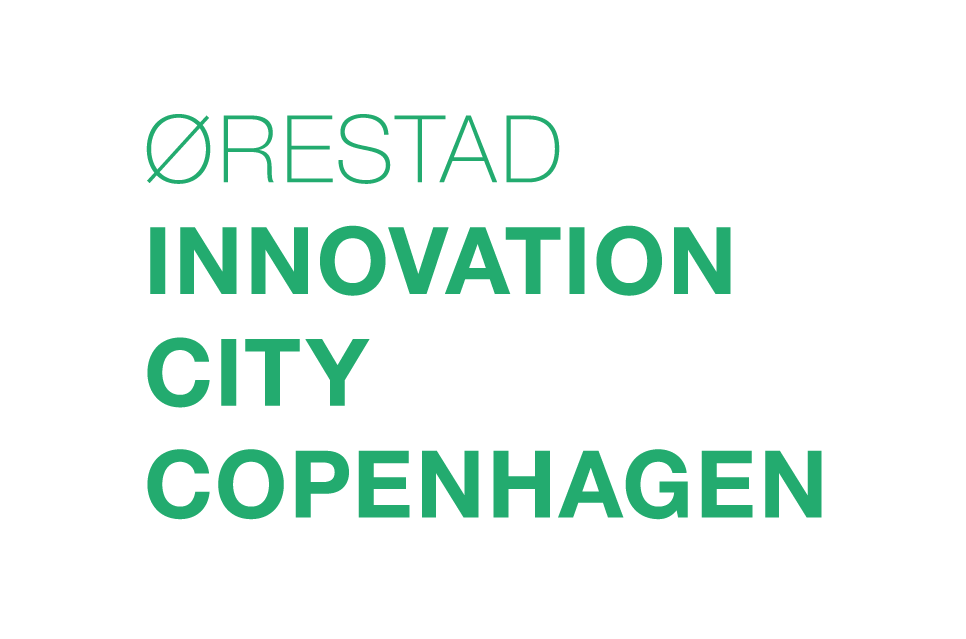Interview with Paulina Villa, Innovation District Manager.
What distinguishes Ruta N from other innovation districts/hubs?
City level: Ruta N is a unique hub in Latin America mainly because it is the only model created by the public sector in a city level. Opposite to other models in the region boosted by the national level or the private sector alone. Being a municipal allows the efforts to be focused on a very small part of a territory that you know better instead of spreading your efforts along the country with little knowledge of the dynamics of each region. In our everyday job this is translated into programs such as “Disruptive business” that aims to solve the needs or challenges of Medellin creating new business models to solve those needs and calling the private sector to participate in the new companies created.An example of that is PITS (Platform of Innovation in Heath Transactions). This platform solves the problem of information regarding a patient by putting it in a secure software that allows hospitals and physicians to access the medical record of a person that is treated in case of need.
Institutional cohesion: The model allows Ruta N to be an articulator between the different stakeholders in the city’s ecosystem. Medellín also has a long tradition of collaboration between companies, universities, citizens, and public sector. This characteristic speed up the process of creating new businesses.An example of this is Committee of University, Public and Private Sector which reaches its 172 meeting since the beginning of the XXI Century. In these monthly meetings, we discuss as a society the different projects we are working on and how to push them forward. Tecnnova is a result of that, an institution created in 2007 the bridge gap between what universities in the city are researching on and what the companies are requiring in terms of R&D.
Public funding: creating an institution like Ruta N and funding it with public budget approved by the City Council make this bet sustainable on time. We have seen that creating knowledge-based economies are a long run and as a society, you must create the best model to last. Other cities or countries in Latin America have not reached the point we have simply because they have not persisted over time.
How are you organized? What is your business model?
We are an organization with a strategy called DNA.
D stands for Development, and under this dimension, we run a variety of programs to support the creation and growing of new innovative companies in the city.
An example of this is our “Innovation Lab” which is a methodology and a space to help an organization (not necessary an already created company) to go from an idea to a functional prototype. During 2018, 258 organizations have gone to through this program creating 1.304 prototypes and 3.390 people have been trained in Innovation methodologies.
N stands for the solution of city´s Needs: in order to solve these needs, Ruta N has worked with the innovation ecosystem by creating a model to solve the challenges.
An example of an “N” program is MiMedellin which is a platform of E-Government and have structured more than 100 challenges and drafted its solutions for the city decision makers.
A means Attraction, and the programs done there seek to close the gaps in specific topics in the city. An example of this is the mandate of the City to improve our innovation capacities in Healthcare, Energy, and ICT. Since 2012 the landing program has attracted more than 260 companies in those 3 sectors from 31 countries around the world bringing new capacities and knowledge to the city in those fields.
How do you work with innovation across sectors?
This is what we try to do by having the CUEE which have the participation of every major company or university in the City. So, as shown above, we have the belief that only with the “triple helix” (Universities, Public Sector, and Privet Sector) things can happen in ICT.
Which exciting projects are you currently working on or have planned for 2018/2019?
Our biggest bets for 2019 is Ruta N 2. In order to begin the consolidation of the innovation district, we need more facilities to accommodate the arriving companies. That’s Ruta N 2: 40.000 sqm dedicated to our landing program. This new facility has to be developed by the real estate sector and we right know to structure the project that must be completed in 2021.
What challenges are you currently facing in the development of the innovation district?
In terms of the urban development is difficult to seduce the private sector to invest in the construction of new buildings mainly because there is a high risk perceived by the private sector due to the behavior of innovative companies.
What is your vision for Ruta N?
I believe that Ruta N has to contribute to the improvement of the quality of life of the inhabitants of Medellín through Science, Technology, and Innovation in an inclusive and sustainable manner. That is why we have the goal that by 2021, innovation is the main driver of the economy and the welfare of the city. Then, it will only be achieved through the articulation of the STI ecosystem to transform the city towards a knowledge economy.

